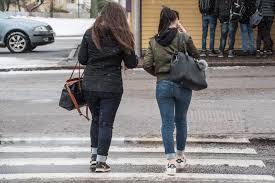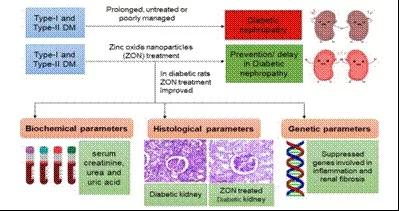In recent years, secondhand and vintage clothing has transformed from niche markets into a popular and environmentally-friendly way for consumers to expand their wardrobes. But as exciting as it can be to score a unique find at a thrift store, experts caution that buying pre-owned clothes also means taking steps to properly disinfect them before wearing.
The Invisible Microbes on Clothes
Every time we wear clothing, it interacts with the millions of bacteria, fungi, and viruses that make up our skin microbiome. While these microbes are typically harmless to their original host, they can pose risks to others, particularly if the items haven’t been cleaned thoroughly before resale.
Bacteria such as Staphylococcus and Streptococcus—which cause common infections like staph and strep throat—are naturally present on the skin, along with fungi like Candida and viruses such as the human papillomavirus (HPV). And while these microbes are usually harmless on their original host, they can spread and potentially cause infections in others who are more vulnerable to illness, particularly those with weakened immune systems.
How Secondhand Clothes Become Germ Reservoirs
Research has shown that clothing can harbor infectious germs such as Staphylococcus aureus (which can lead to skin and blood infections), as well as other bacteria like E. coli and Salmonella that can cause stomach illnesses. In a survey of secondhand clothing sold in Pakistan, samples revealed the presence of Staphylococcus aureus and Bacillus subtilus, bacteria that can lead to skin and blood infections. Other studies have found parasites on used clothes, such as those that cause scabies and dermatitis.
Even though no studies specifically quantify the risk of illness from secondhand clothing, research does suggest that certain germs can persist on fabrics for a long time. Some bacteria can survive on cotton and mixed-fiber clothing for up to 90 days when kept at room temperature. On polyester, bacteria can last even longer—up to 200 days. High humidity further supports bacterial survival, making it essential to store clothes in a dry place to minimize germ growth.
Tips to Wash Secondhand Clothes Safely
Effective cleaning of secondhand clothing is key to preventing the spread of germs. The highest risk areas for contamination are typically those that come into contact with moisture-prone parts of the body, such as the armpits, feet, and genital areas. Experts recommend the following steps:
- Wash with High-Temperature Water: Washing with detergent at around 60°C (140°F) helps kill most bacteria, fungi, and viruses. Cold water is less effective at eradicating pathogens, so if you can’t use hot water, add a disinfecting agent.
- Soak Before Washing: For an extra precaution, soak clothes in warm water with antibacterial detergent for two to three hours. This can eliminate most germs before running a full wash cycle.
- Tumble Dry or Steam-Iron: Using a tumble dryer on high heat or a steam iron treatment can kill any remaining bacteria or parasite eggs. Ensure your fabric can handle this temperature (around 60°C or 140°F).
- Separate from Regular Laundry: When washing secondhand clothes for the first time, do so separately to reduce cross-contamination.
Even if secondhand sellers claim to wash clothing before sale, it’s wise to wash it yourself as an added precaution. In fact, washing any newly purchased clothing, even if brand new, is recommended to eliminate manufacturing residues and germs from previous handling.











